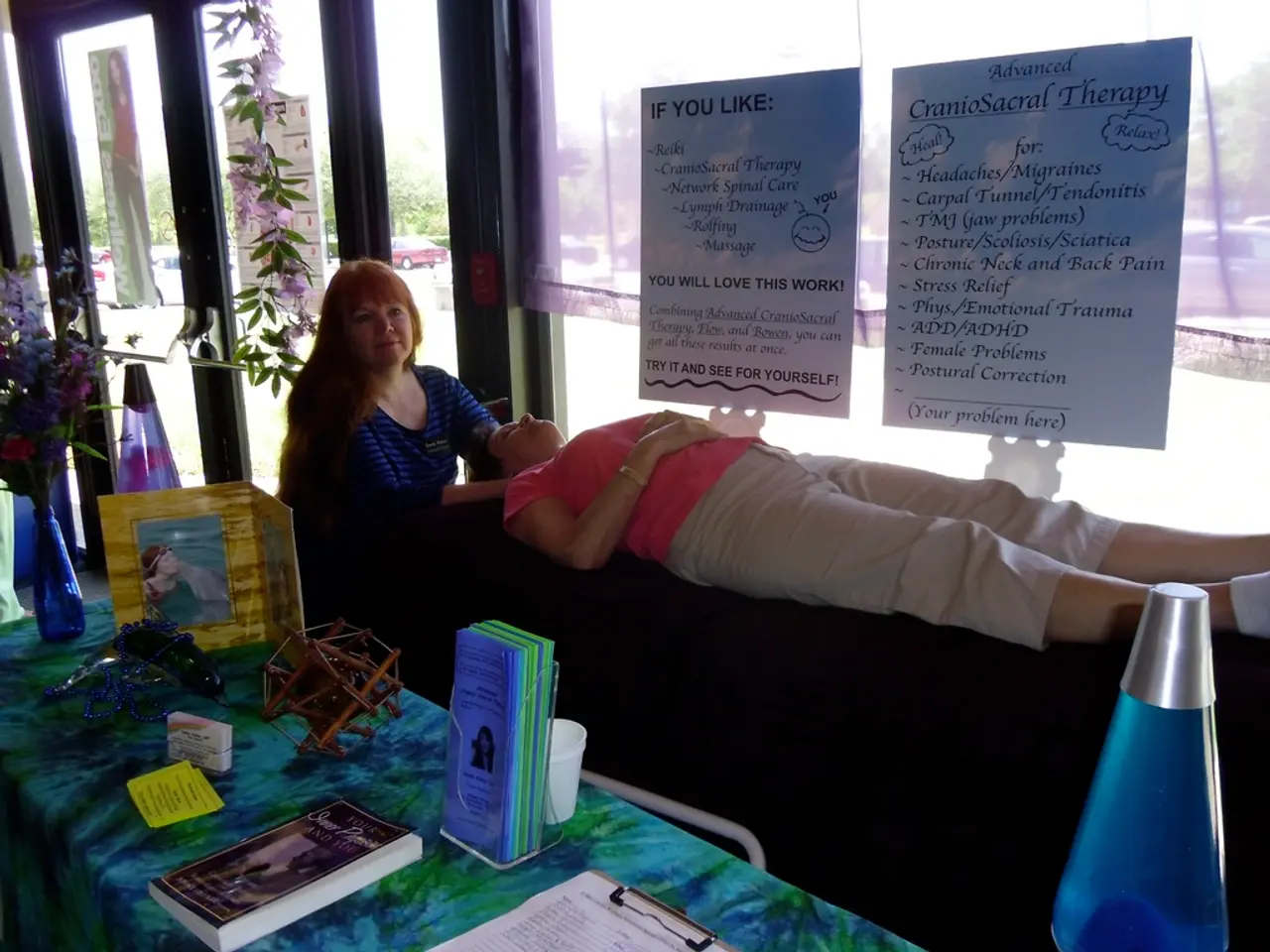Physiological Alterations Induced by PTSD: An Examination of the Brain, Nervous System, and Additional Systems
Posttraumatic stress disorder (PTSD) is a complex mental health condition that can affect individuals who have experienced or witnessed a traumatic event. This condition can cause a range of physical and emotional symptoms, and it impacts various regions of the brain, including the amyggdala, hippocampus, and hypothalamus.
The amyggdala, a key player in the brain's emotional responses, sets changes in motion during PTSD. It can't tell the difference between a new threat and a memory of one that has passed, leading to heightened sensitivity to threats and an overactive stress response. The hippocampus, which plays a role in memory and emotion, also experiences changes in PTSD, affecting memory and emotional processing.
PTSD can cause a multitude of physical symptoms, such as sleep changes, reduced immune system function, chest pain, stomach upsets, headaches, shakiness, sweating, dizziness, muscular aches and pains, increased inflammation and oxidative stress throughout the body. Over time, high levels of inflammation caused by PTSD can lead to health problems such as heart disease and diabetes.
Fortunately, various treatments for PTSD are available. Antidepressant medication, such as sertraline (Zoloft), fluoxetine (Prozac), paroxetine (Paxil), and venlafaxine (Effexor), have been found to be effective for treating PTSD. Other conditionally recommended therapies include Eye Movement Desensitization and Repossession (EMDR) therapy and narrative exposure therapy.
A 2017 meta-analytic investigation found that PTSD interventions with more mindfulness training were better at reducing participants' symptoms. Mindfulness training may help in managing PTSD by calming the fight, flight, or freeze response of the autonomic nervous system.
Therapy plays a crucial role in managing PTSD. It helps individuals to recognise and change unhelpful thought patterns that may lead to unwanted behaviours. Therapy, in addition to easing current PTSD symptoms, can make recurrences less bothersome, sometimes even eliminating them. The American Psychiatric Association recommends cognitive behavioral therapy (CBT), cognitive processing therapy, cognitive therapy, and prolonged exposure as the most effective therapies for PTSD.
Self-care strategies can also help manage PTSD symptoms. Improved nutrition, regular exercise, a consistent sleep schedule, mindfulness training, social support, and an enjoyable hobby can all contribute to better management of PTSD.
If you're living with PTSD, consider having a conversation with your primary care physician to connect with helpful resources. Remember, finding the right treatment can help individuals feel better emotionally and physically. Various treatments for PTSD are available, and with the right support, it's possible to manage and overcome this condition.
Read also:
- Peptide YY (PYY): Exploring its Role in Appetite Suppression, Intestinal Health, and Cognitive Links
- Toddler Health: Rotavirus Signs, Origins, and Potential Complications
- Digestive issues and heart discomfort: Root causes and associated health conditions
- House Infernos: Deadly Hazards Surpassing the Flames





